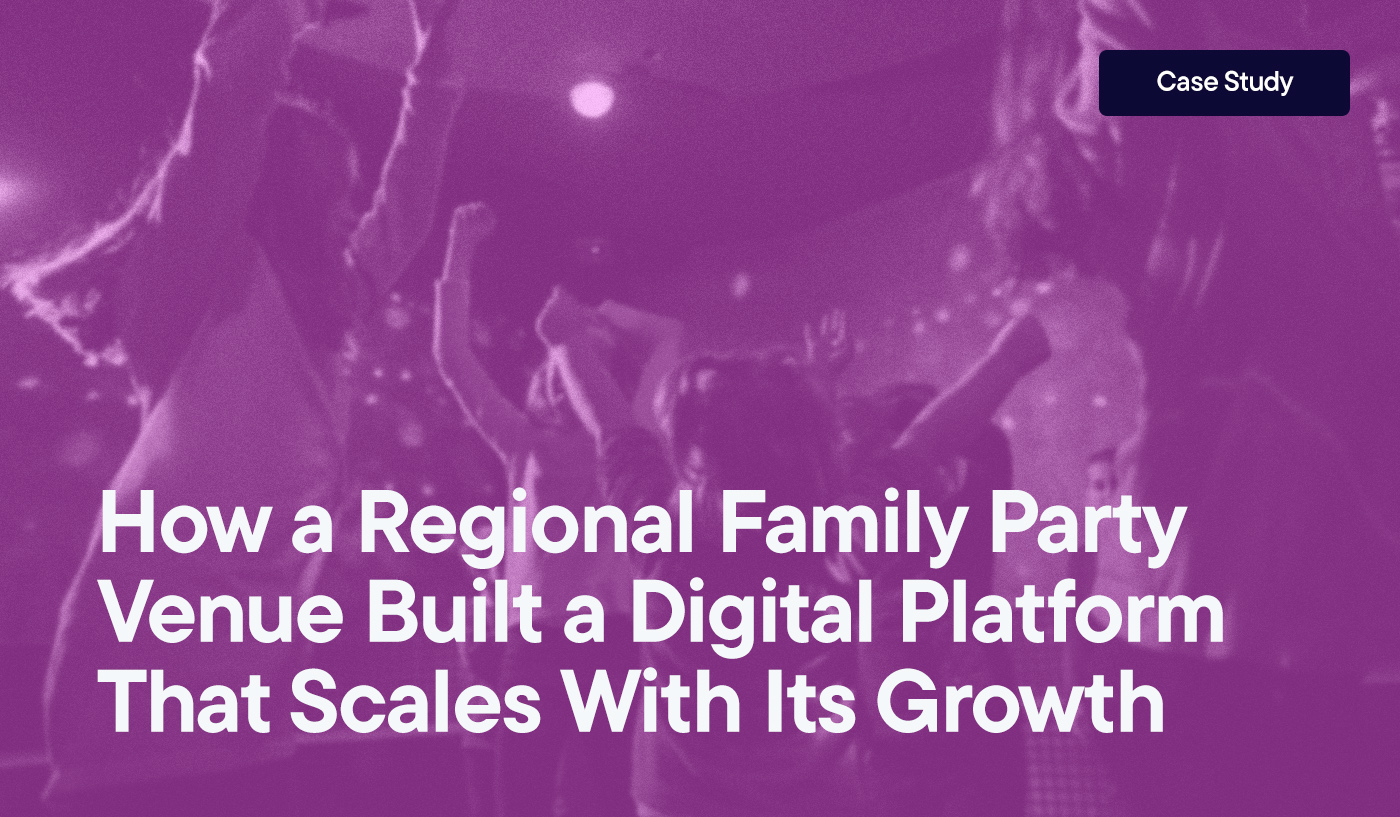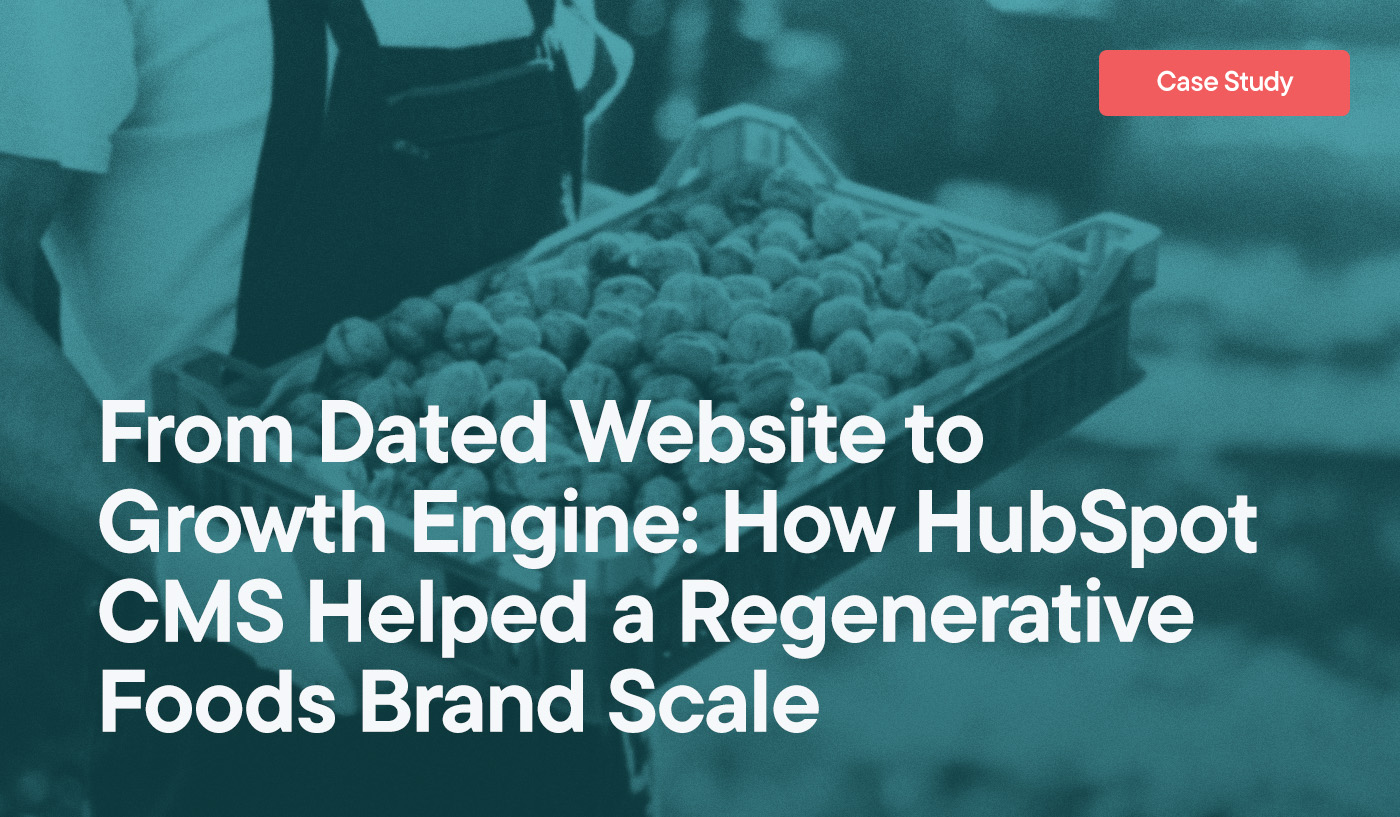Project Overview
Multi-Domain Bilingual Implementation
MGME first partnered with us this year to redesign and rebuild their U.S. website on HubSpot. Once that project wrapped, they returned with what sounded like a simple next step: create a Canadian version of the site.
But MGME doesn’t do simple. They manage event travel for major corporations—incentive trips, conferences, and large-scale corporate events. And building a Canadian site for a company operating at that level isn’t just a matter of swapping out content or running everything through translation.
For work like this, the foundation matters. Multi-domain architecture, bilingual content structures, and localized privacy requirements all rely on the strength of your HubSpot CMS development setup—without the right groundwork, the “simple” request quickly becomes a technical bottleneck.
The Real Challenge
Once we got into the details, the complexity of building a truly Canadian site became clear.
Canadian websites come with their own set of requirements. There’s the expectation of bilingual content (English and French). There are provincial privacy laws that differ from U.S. regulations. And there’s the cultural nuance of serving a market that’s similar to the U.S. but definitely not identical.
Plus, they were on HubSpot Content Hub Starter, which doesn’t support multi-domain functionality. To add a .ca domain, we needed Content Hub Pro.
HubSpot Website Implementation: Our Approach
First, we tackled the Content Hub limitation. Rather than hitting MGME with an unexpected upgrade cost, we worked with HubSpot to swap some unused Sales Hub seats for the Content Hub Pro features we needed. The net change to their monthly subscription was minimal, and we got the multi-domain capability required for the project.
With that sorted, we cloned their existing U.S. website to the new .ca domain. This gave us a solid foundation while maintaining brand consistency—no need to reinvent what was already working.
Building the Bilingual Experience
Next, we moved into localization. In Canada, bilingual capability isn’t just nice to have—it’s expected. We used HubSpot’s Breeze translation tool to generate French-Canadian versions of the site content, but we didn’t stop there.
We built a language toggle so visitors can switch seamlessly between English and French across the site. The same logic guided the blog structure—each post has an English and French-Canadian version with localized URLs, titles, and meta descriptions. Every translation went through human review before publishing to make sure the French copy read naturally, not machine-made.
Privacy Compliance & Technical Setup
Privacy compliance required its own round of research.
Canadian data privacy requirements vary by province and differ substantially from U.S. regulations. We dug into the specific requirements, implemented the necessary changes to the site footer, and sent our recommendations to the client’s compliance team for review. When you’re dealing with cross-border regulations, getting it right the first time beats fixing it later.
The final piece was their contact forms. MGME uses monday.com as their CRM, so we embedded a specialized form for Canadian contacts and worked with their team to create a French-Canadian version for the French-language site.
What We Built
Here’s what we built to bring the Canadian site to life:
- Configured a .ca domain within HubSpot Content Hub
- Built language toggle architecture for seamless English/French navigation
- Created multi-language blog infrastructure with localized URLs, titles, and metadata
- Modified the site footer to address Canadian provincial privacy requirements
- Embedded localized forms connected to the client’s monday.com CRM
Throughout the build, we maintained the design and brand standards from their U.S. site while adding the functionality required for the Canadian market.
The Result
MGME launched their Canadian digital presence in early October, four months after the initial request. The site went live with full bilingual capability, compliance-ready privacy implementation, and a structure that supports both their British Columbia headquarters and their Canadian customer outreach.
What started as “Can you make a Canadian version of our website?” turned into a proper market expansion project—addressing regulatory requirements, cultural expectations, and technical infrastructure in a way that positions them to actually serve Canadian customers effectively.
The bilingual implementation means they’re meeting market expectations from day one. The privacy compliance work means they’re not exposing themselves to regulatory risk. And the Content Hub licensing solution means they got the technical capabilities they needed without blowing up their HubSpot budget.
The real value was anticipating the hidden requirements before they became roadblocks.
How Hypha Drives International Growth With HubSpot
Expanding into new markets isn’t a simple publishing exercise. It’s a mix of multi-domain strategy, localization, privacy compliance, and CMS architecture that actually supports how your teams operate.
We build HubSpot implementations that handle that reality—international sites, bilingual content, region-specific compliance, and integrations that fit your existing systems.
If your next move involves more complexity than your current agency is set up for, talk with us. A Hypha expert can walk you through what a scalable HubSpot CMS development plan looks like for your organization. Reach out to a Hypha team member today.




